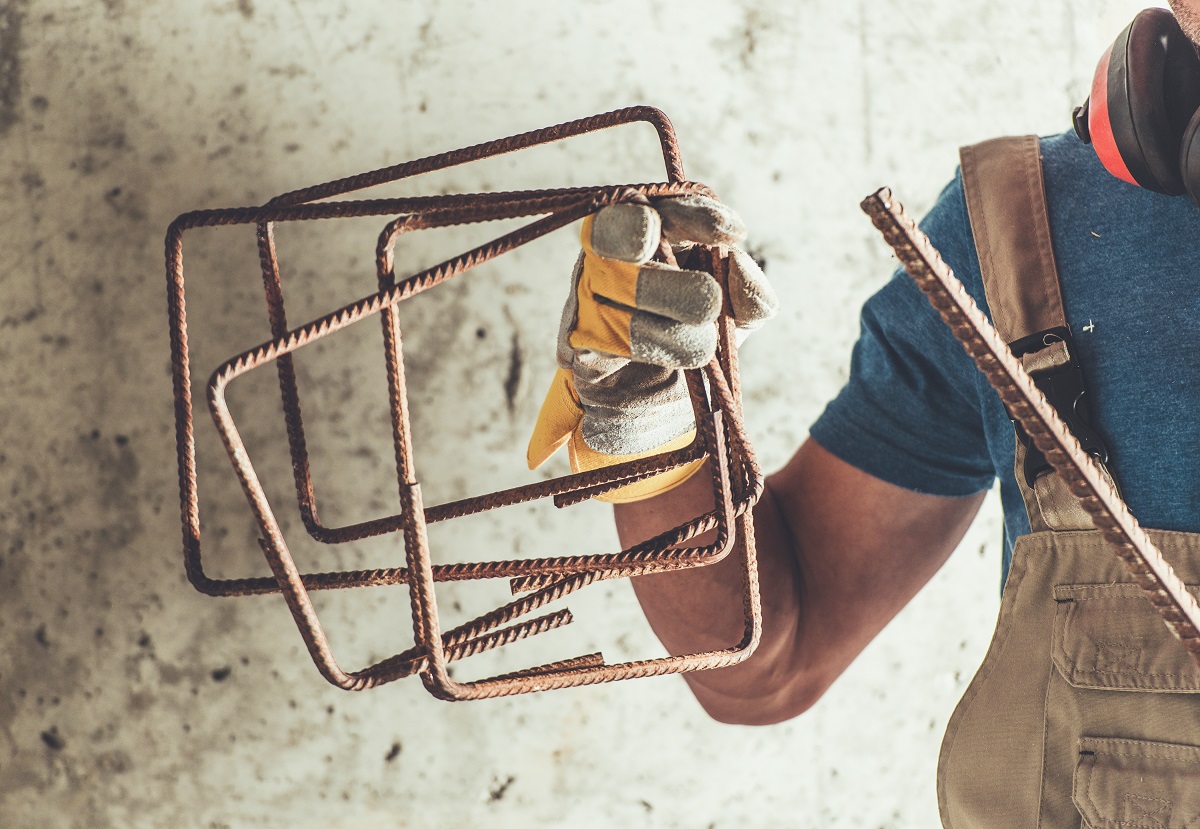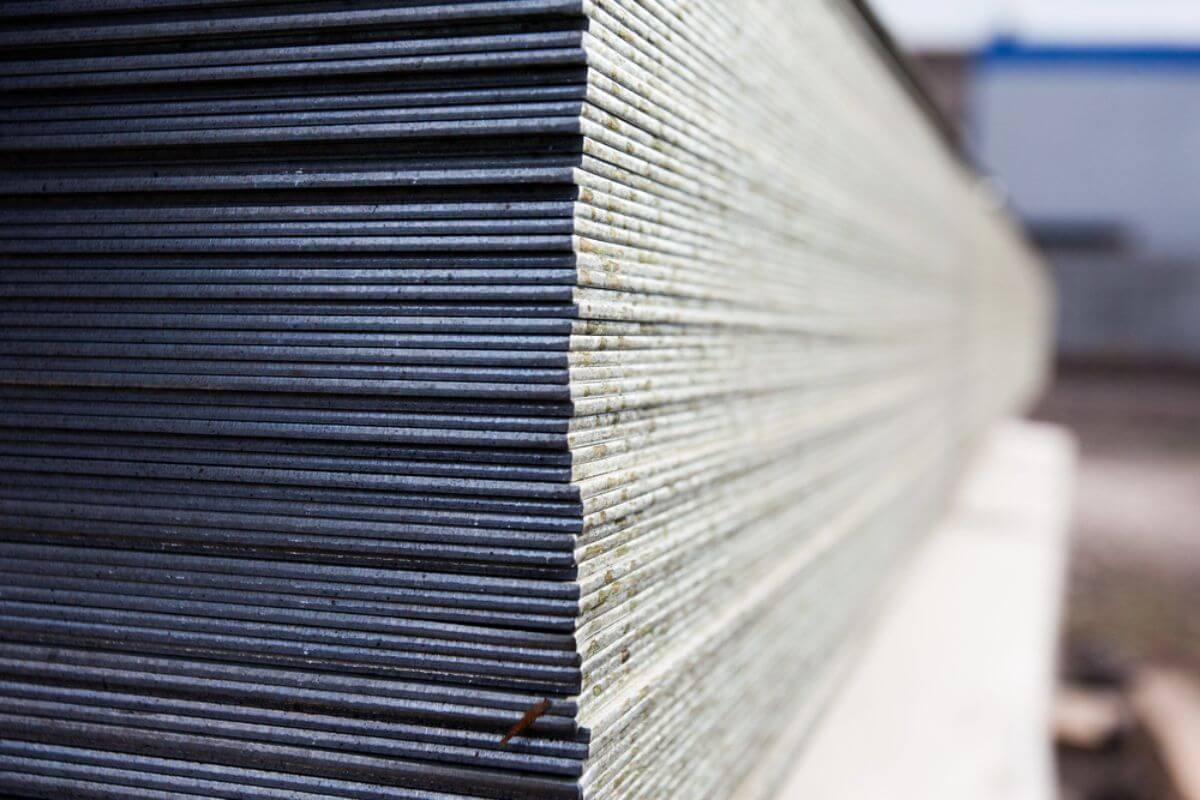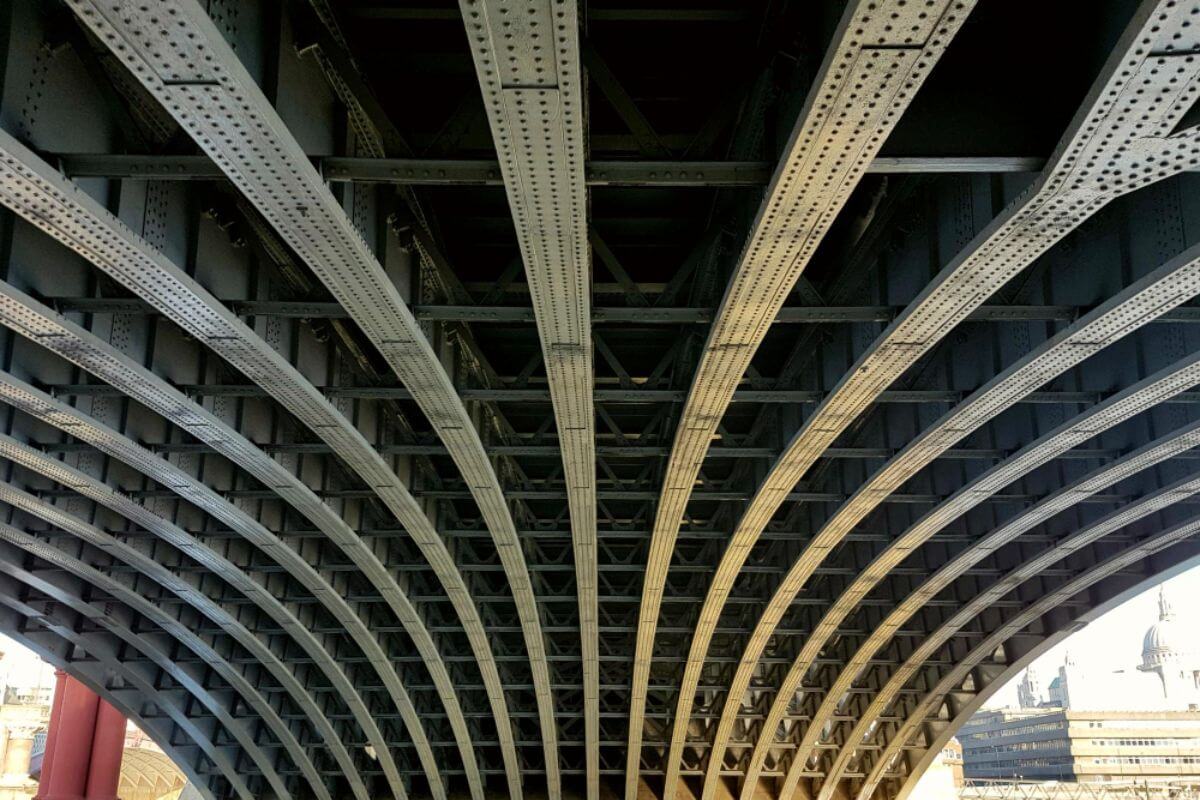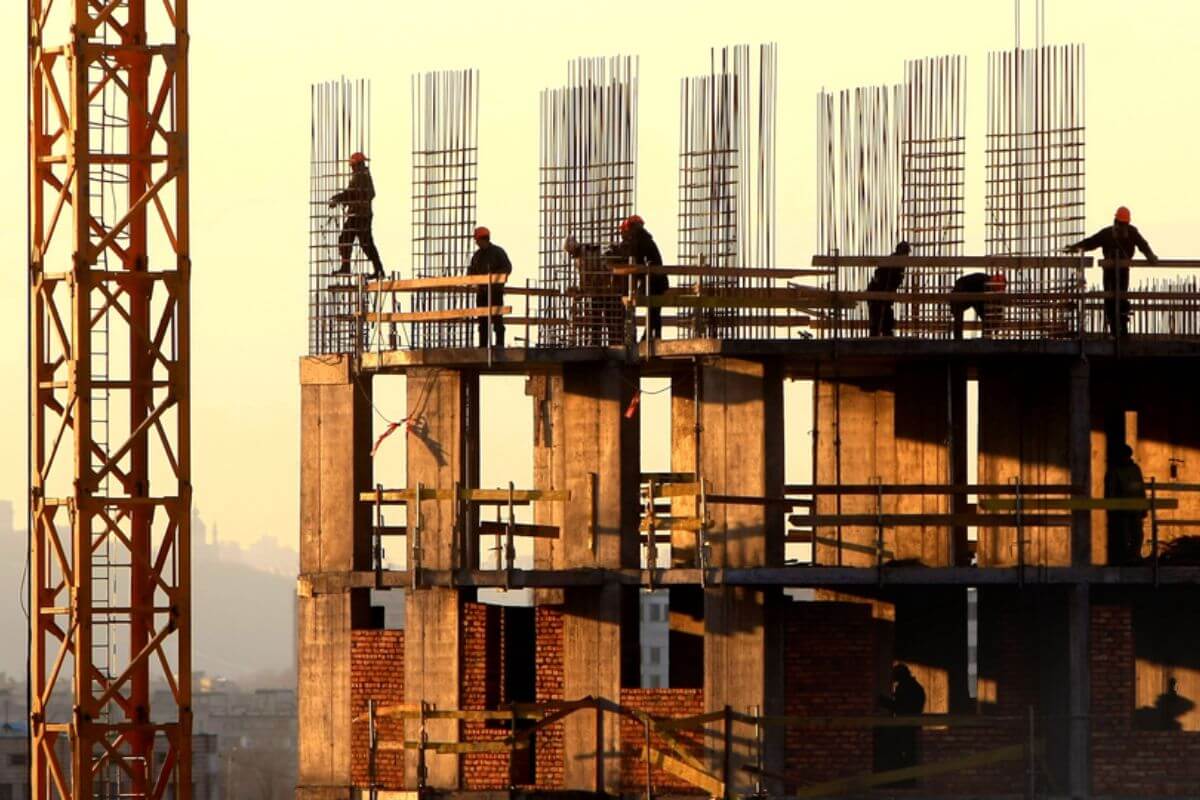What are the types of steel reinforcement?
- Hot rolled deformed bars
- Cold rolled steel bars
- Prestressing steel bars
- Mild steel bars
Concrete is one of the most reliable and widely-used building materials out there. It’s made out of readily available materials, not to mention the sturdiness and binding properties that it offers structures. With its versatility, it can be used almost anywhere, from large span bridges, to a simple parking lot column. Concrete alone, however, does not work too well structurally. This is where the different types of steel reinforcement come into play.
These finished steel products add more value to concrete structures by providing higher adaptability to extreme temperatures. Steel reinforcement bars also lessen the need for concrete, and vastly improve seismic and impact resistance for safer buildings. Read on.
What is Steel Reinforcement?
Steel reinforcement is simple fabricated steel bars that are combined with plain concrete/cement during the building process. As mentioned, concrete is typically brittle when built on its own. It also does not hold well under heavy loads and high-impact conditions, which can be dangerous for construction.
But with the addition of steel reinforcement bars or rebars, these improve tension and compression in the material. These reinforcing bars improve the tensile property, allowing the concrete to reduce internal stresses and cracks due to pressure.
Different types of steel reinforcing bars exist — each having unique properties from the other. These include cold rolled steel bars, hot rolled bars, mild steel bars, deformed bars, and prestressing steel bars. Although all of them are used for various concrete works, the difference lies in the method of manufacturing as well as ductility and tensile strength.
Hot Rolled Deformed Bars

In general, the process of hot rolling refers to subjecting steel materials at exceedingly high temperatures that are above the recrystallization rate — for steel, this is around 400 to 700 °C. Heating steel deformed bars to this rate allows them to be more ductile and machinable, meaning they are much easier to bend and manipulate.
The production process for hot rolled deformed bars starts with a rectangular, pre-finished bar of steel called a billet. The billet is heated in chambers, where it passes through a rolling machine that flattens the billet into a thin roll of sheet metal. Afterward, the high-temperature strand of steel is forced into rollers running at high speeds.
Deformed bars are formed by sectioning and packaging the strands into individual strands with a distinct rib deformation, which allows the strand to fuse together with concrete well. With an exceptionally high yield strength, hot rolled deformed bars are arguably one of the strongest types of reinforcement. They can be applied in mill-finished form, or coated with polymeric coating for added longevity.
Cold Rolled Steel Bars
Cold rolling (also known as cold finishing for steel bar production) will always be considered a secondary process after hot rolling or hot working. Any steel reinforced bar that has been cold rolled will always first be manufactured with heat application and other heat treatment techniques.
One advantage of cold rolled steel bars is the apparent reduction of internal stresses in the material. Keep in mind that although the heating of steel gives it better strength and all-around properties, it may also lead to higher metallurgical stresses, leading to cracks and surface deformations. But when it is followed by room-temperature cooling, the cold rolled steel bar will have much higher dimensional tolerances and can also sport a variety of surface finishes.
Compared to hot rolled reinforcing bars which are more ductile and workable, cold rolled steel has a much higher tensile strength. This is due to the absence of a plastic yield, reducing mobility, but vastly improving resistance to crack formation.
Prestressing Steel Bars

Prestressing or prestressed steel bars come in the form of strands or tendons. The idea of prestressing is to subject concrete to high compression rates which are introduced before the concrete is even under any level of load.
Prestressed steel bars are built for this job, as they can provide counteracting forces once the structure has been finished (post-tensioning). This makes up for any stresses introduced during loads, allowing the concrete to remain in compression and reduce the chances of cracks.
Like many types of reinforcement steel bars, prestressing steel comes with a circular cross-section when cut. Aside from the initial hot rolling process done to create this product, the strand also has to be heat treated by tempering, stretching, and annealing to improve its tensile strength. Compared to hot rolled steel, prestressed bars are capable of withstanding higher pressures — up to 270000 psi to be exact.
Mild Steel Bars
Mild steel bars are reinforcing bars that do not have unique ribs or threads on the surface. This type of steel has a much lower carbon content, with just less than 0.25% by weight, with no other trace alloying elements present. While this allows the steel to be more machinable compared to medium-carbon and high-carbon counterparts, mild steel bars have poor yield strength and low resistance to corrosion.
For small building projects, however, mild steel bars continue to become an economic choice. The lack of further processing makes them cheaper to manufacture, yet cost-effective option for budget-friendly building projects without any strength compromises.
Key Takeaway
The types of steel reinforcement can be categorized into hot rolled, prestressing, cold rolled, and mild reinforcing bars. These steel building materials are ideal for various construction activities, providing form and function to concrete while making projects more practical. Ductile, high in yield strength, and can withstand heavy loads, reinforcing bars continue to be useful to the industry, whether for large, mid-size, or small-scale projects.







